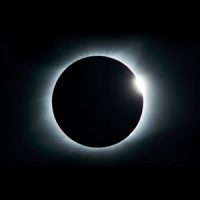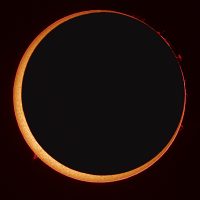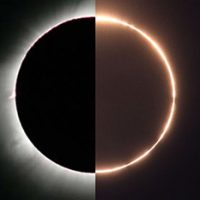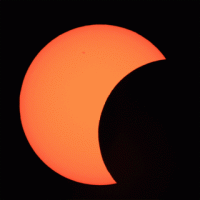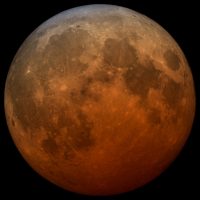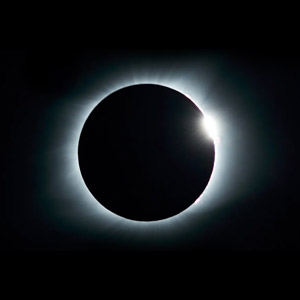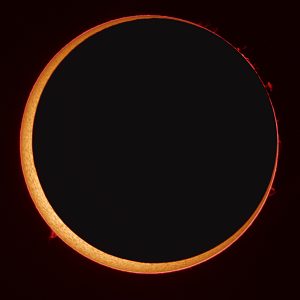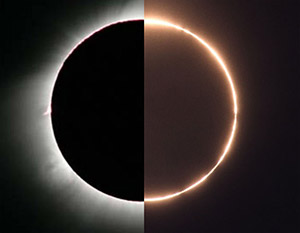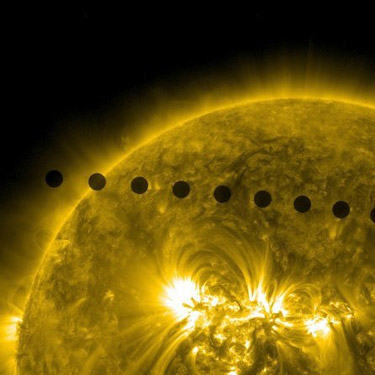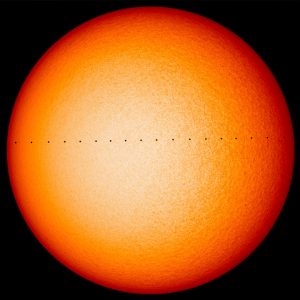Eclipses & Transits
A transit is when one object crosses in front of another in space. A transit is called an eclipse when it involves the Sun, Earth & Moon.
A solar eclipse occurs when the Moon passes between the Sun & the Earth. A lunar eclipse occurs when the Earth passes between the Sun & the Moon. Eclipses occur about 2-3 times a year, but only part of the world gets to see it in-person. When Mercury or Venus passes across the disk of the Sun, we call it a transit. These events are very rare.
Photo by Karen Kayser, Unsplash – 08.21.2017 eclipse
TYPES OF TRANSITS
A transit occurs when a planet passes between a star and its observer.
Learn about the Venus Transit and the Mercury Transit.
IT’S ALL ABOUT THE MOON
While the sun is the main focus of a solar eclipse, our moon plays the most crucial role in creating this unique event. The moon takes center stage during a lunar eclipse. Eclipses only happen when the moon is aligned just right with the sun & earth. It does not happen every month, mostly in different locations, which makes it exciting to witness.
🌞 🌑 🌎
Solar eclipses happen at a new moon.
The moon is between the sun & the earth.
The sun is blocked & gets darker.
They are visible in the daytime.
You need eye protection to safely view!
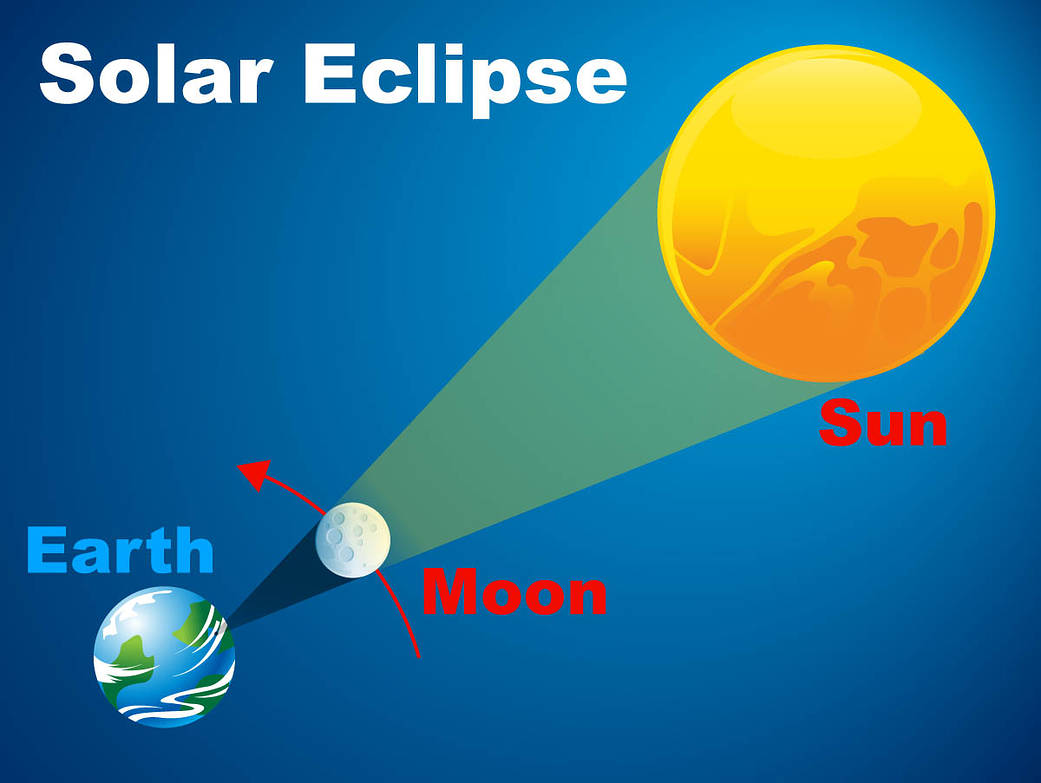
🌞 🌎 🌕
Lunar eclipses happen at a full moon.
The earth is between the sun & the moon.
The moon is blocked & gets darker.
They are visible at night.
You do not need eye protection to view!
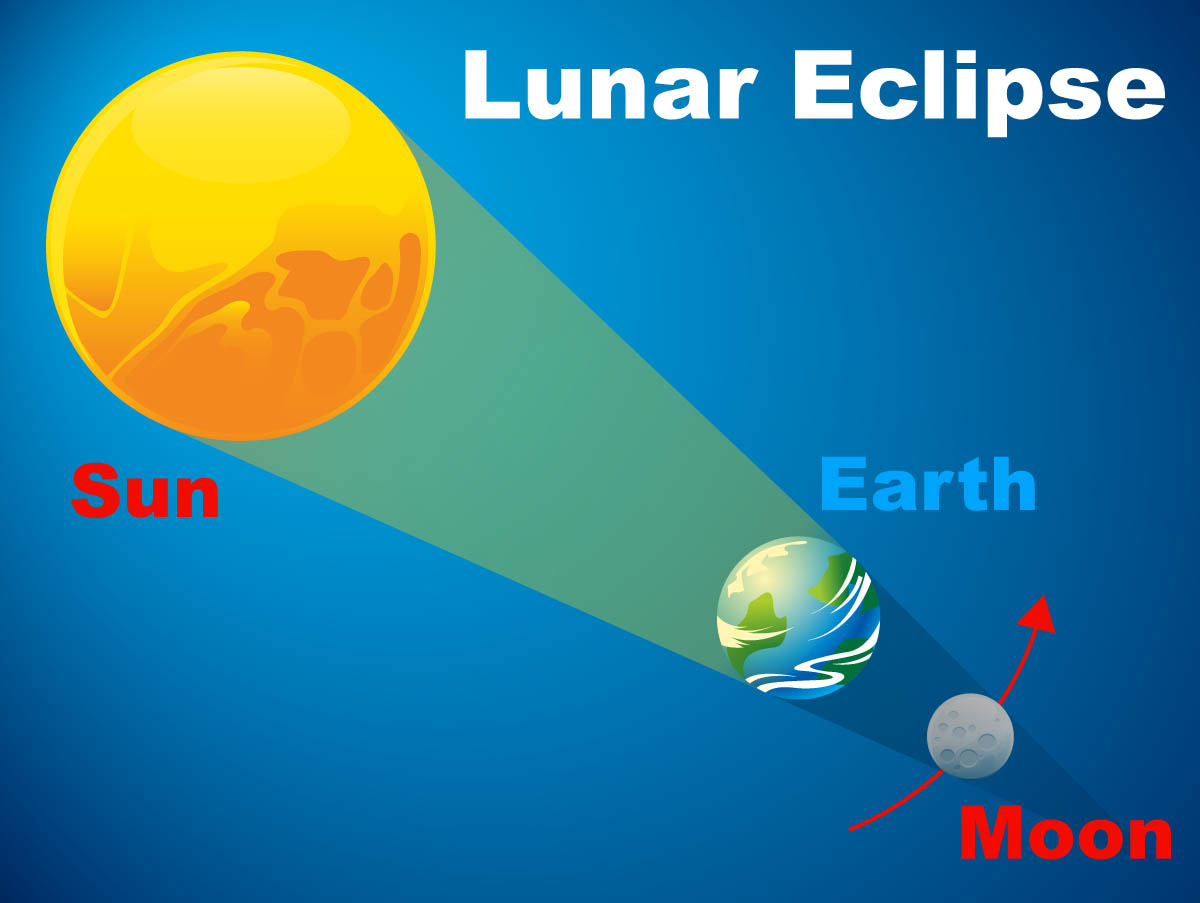
SOLAR ECLIPSE GEOMETRY
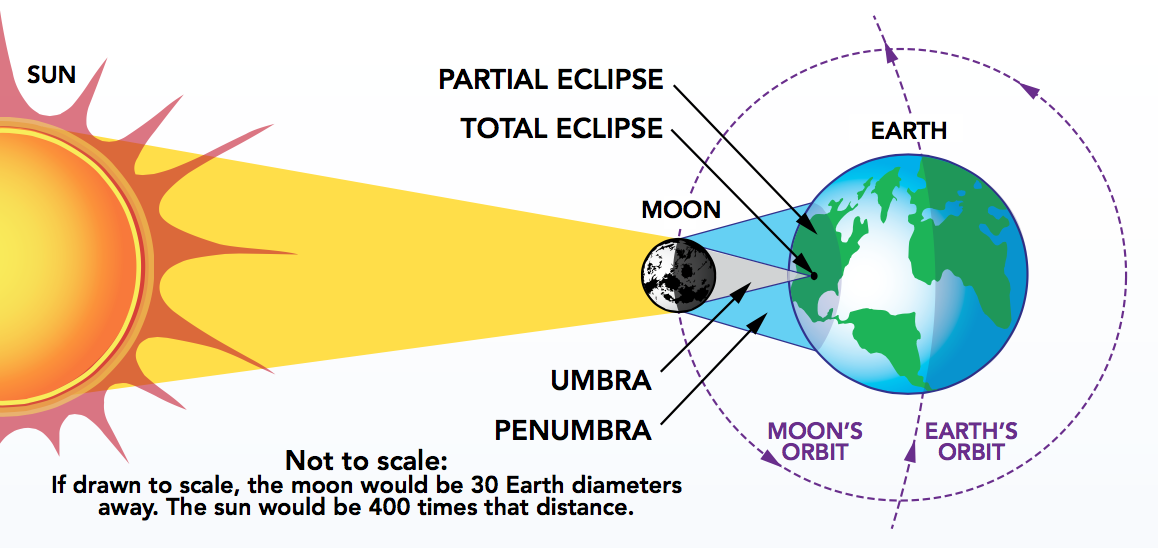
Credit: NASA
Credit: NASA, Music Provided By Killer Tracks: “Bring Me Up” – Kampe Wikstrom
Credit: Don Davis under contract to Rice University, paid for by the NASA’s Heliophysics Education Consortium, and are copyright Rice University

Annular Eclipse – Japan – May 21, 2012 CREDIT: George Olcott

Total Solar Eclipses
Occur when the Sun, Moon, and Earth are aligned directly.
People in the path of a total solar eclipse can see the Sun’s corona, the outer atmosphere, which is otherwise usually obscured by the bright face of the Sun.
Annular Solar Eclipses
Occur when the moon is farthest from Earth.
Because the moon is farther away from Earth, it seems smaller and does not block the entire view of the sun. When the Moon comes just shy of completely blocking out the Sun a bright ring or annulus is visible. This is a special kind of partial eclipse, an annular eclipse.
Hybrid Solar Eclipses
Also called annular/total eclipse.
At certain points on the surface of Earth, it appears as a total eclipse, whereas at other points it appears as annular.
Partial Solar Eclipses
The moon appears to block part—but not all—of the sun’s disk (photosphere).
It appears as if the Moon took a bite out of the Sun.
Photo Credit: (NASA/Bill Ingalls)
Lunar Eclipses
During a lunar eclipse, Earth gets in the way of the sun’s light hitting the moon. That means that during the night, a full moon fades away as Earth’s shadow covers it up.
The moon can also look reddish because Earth’s atmosphere absorbs the other colors while it bends some sunlight toward the moon. Sunlight bending through the atmosphere and absorbing other colors is also why sunsets are orange and red. During a total lunar eclipse, the moon is shining from all the sunrises and sunsets occurring on Earth!
Venus Transit
The last Transit of Venus happened on June 5 – 6, 2012.
It won’t happen again in our lifetime! It is the rarest predictable astronomical event, occurs 4 times every 234 years! But you can still enjoy the thrill of this event by checking out the recap & replay of NASA’s live broadcast.
Mercury Transit
November 11, 2019 • 12:35 GMT–18:04 GMT
Similar to an eclipse, Mercury moved between the sun & earth over 5.5 hours. Transits of Mercury are relatively rare events, with about 13 happening every century, on average. The next one will be on Nov. 13, 2032, visible in the Southern Hemisphere. Skywatchers in the USA won’t get another Mercury transit until May 7, 2049.
ECLIPSE & TRANSIT FACTS
- A solar eclipse occurs when the moon passes between the Sun and the Earth, and the moon fully or partially blocks the Sun as viewed from a location on Earth.
- The longest duration for a total solar eclipse is 7.5 minutes.
- The shortest total solar eclipse in the 21st Century will be 1:06 on May 31, 2068, visible in New Zealand and Australia.
- Eclipse shadows travel at 1,100 miles per hour at the equator and up to 5,000 miles per hour near the poles.
- The maximum number of solar eclipses (partial, annular, or total) is 5 per year.
- A total eclipse can only happen during a new moon.
- The shortest total lunar eclipse in recorded history was in 1529 and lasted only 1 minute and 41 seconds.
- Nearly identical eclipses (total, annual, or partial) occur after 18 years and 11 days, or every 6,585.32 days (Saros Cycle).
- A total solar eclipse is not noticeable until the Sun is more than 90 percent covered by the Moon. At 99 percent coverage, daytime lighting resembles local twilight.
- The width of the Moon’s shadow is at most 170 miles wide.
- There are at least 2 solar eclipses per year somewhere on the Earth. However, since the Earth is mostly water, and weather (or a single cloud) can block your view, it is still a rare event—especially to see a total solar eclipse.
- Total solar eclipses happen about once every year or two.
- The Sun’s corona (“crown”) can ONLY be seen from the Earth’s surface during a total eclipse.
- One can see the corona or atmosphere of the Sun safely with naked eyes only during a total solar eclipse.
- Gemini 12 witnessed a total solar eclipse in 1966 and the International Space Station, in 2006.
- The alignment of Sun, Venus, and Earth comes in pairs that are eight years apart but separated by over a century.
- There will be 36 solar eclipses from 2001-2025, of which 15 will be total eclipses on some part of Earth’s surface – a little less than the average of one a year.
- Transits and eclipses are rare celestial events but the Transit of Venus is the rarest.
- A transit of Venus occurs when Venus passes directly between the Sun and the Earth.
- The most recent pair was in June 2004 and June 2012.
- The last transit of Venus pair before 2012 happened in December 1874 and December 1882.
- After 2012, subsequent Transit of Venus pairs will be in December 2117 and December 2125.
- Transits of Venus allow astronomers to calculate more accurately the distance of Venus from the Sun, and subsequently the distances of other planets.
- The Hubble Space Telescope will be aimed at the moon to detect dips in brightness during the 2012 transit of Venus.
- The Solar Dynamic Observatory captured the Sun and Venus during the 2012 transit in unprecedented detail.
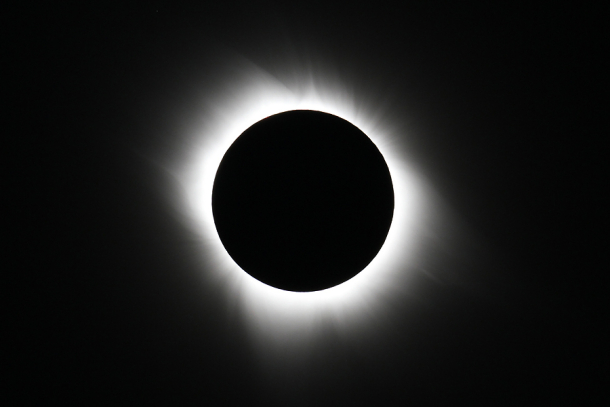
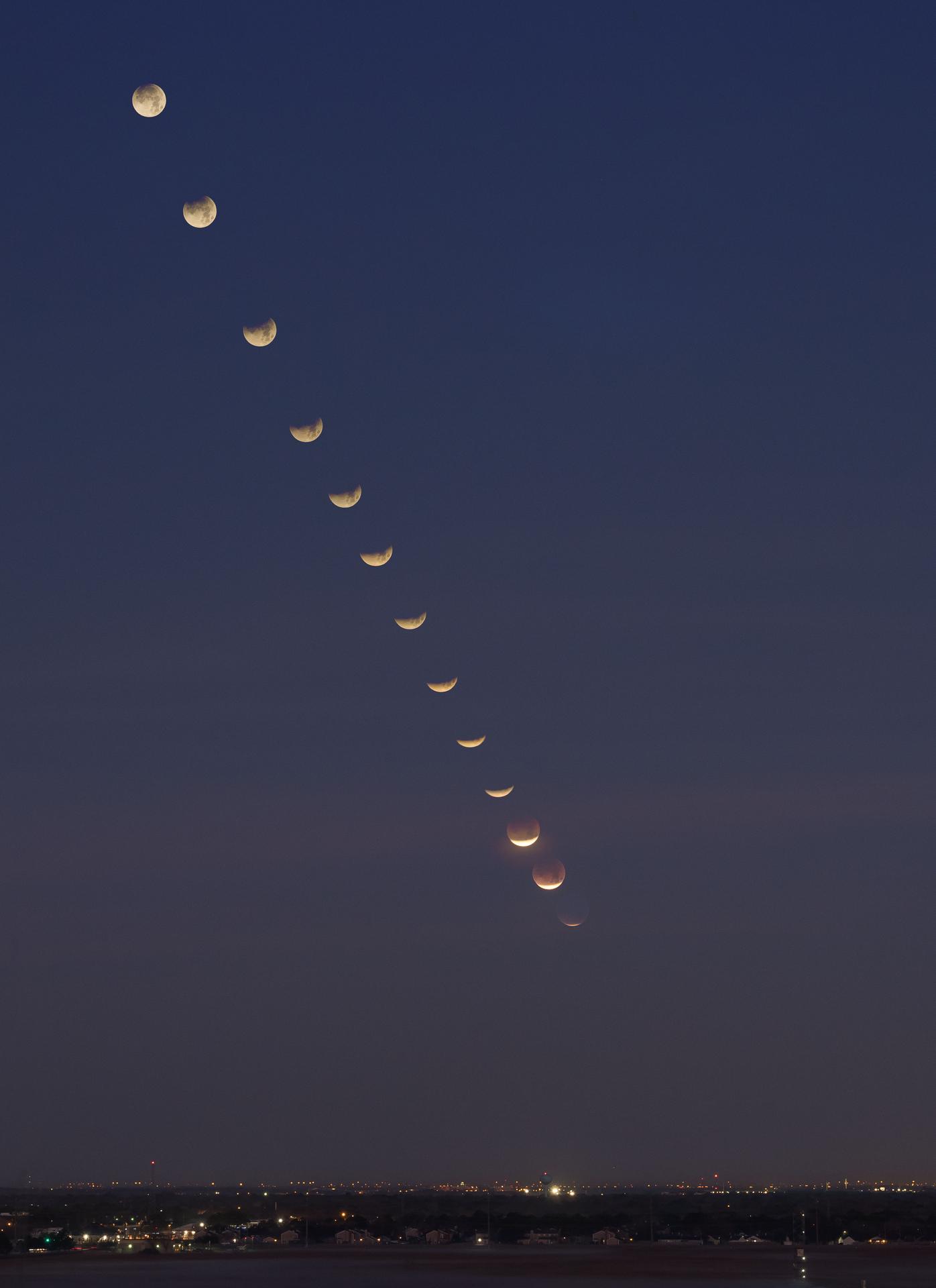
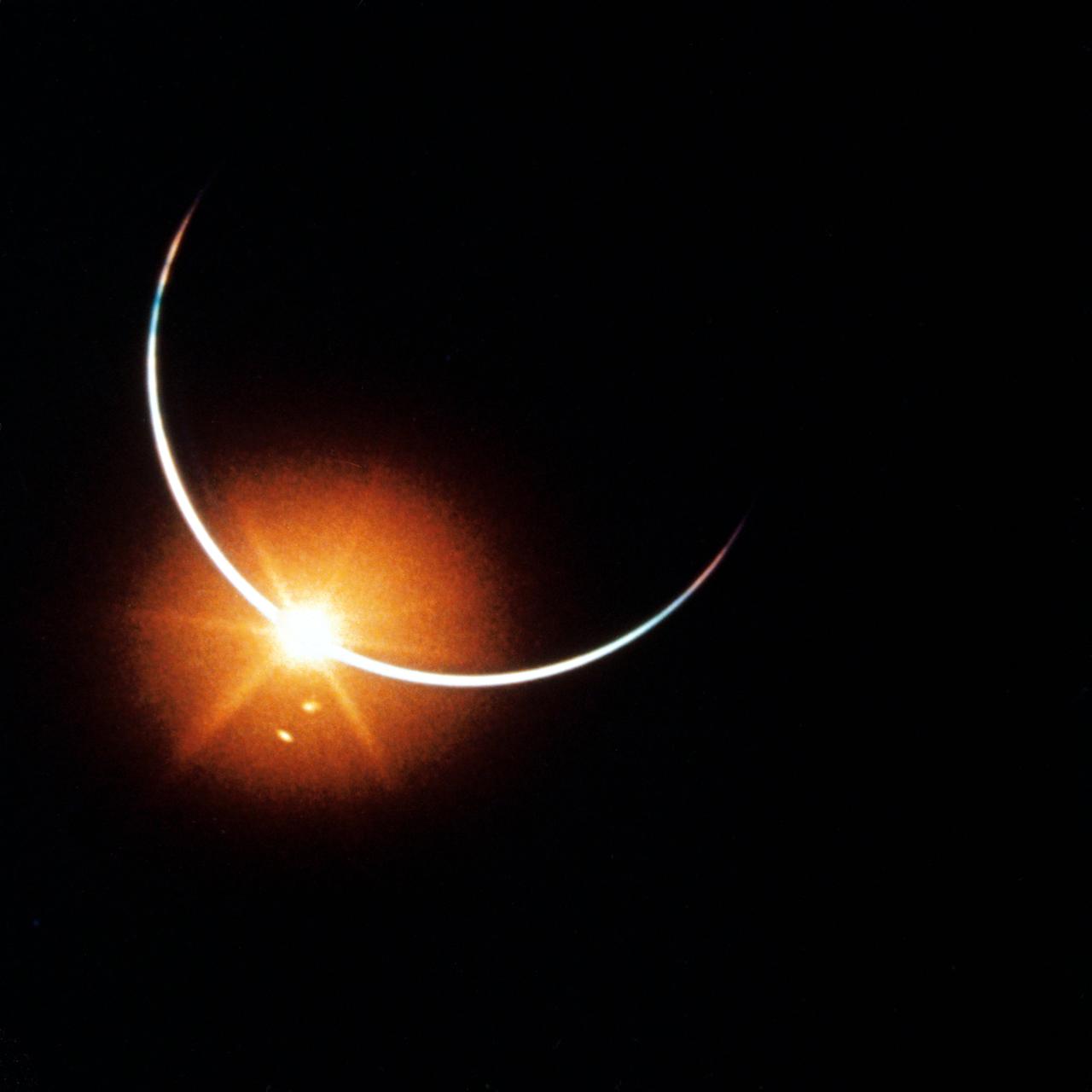
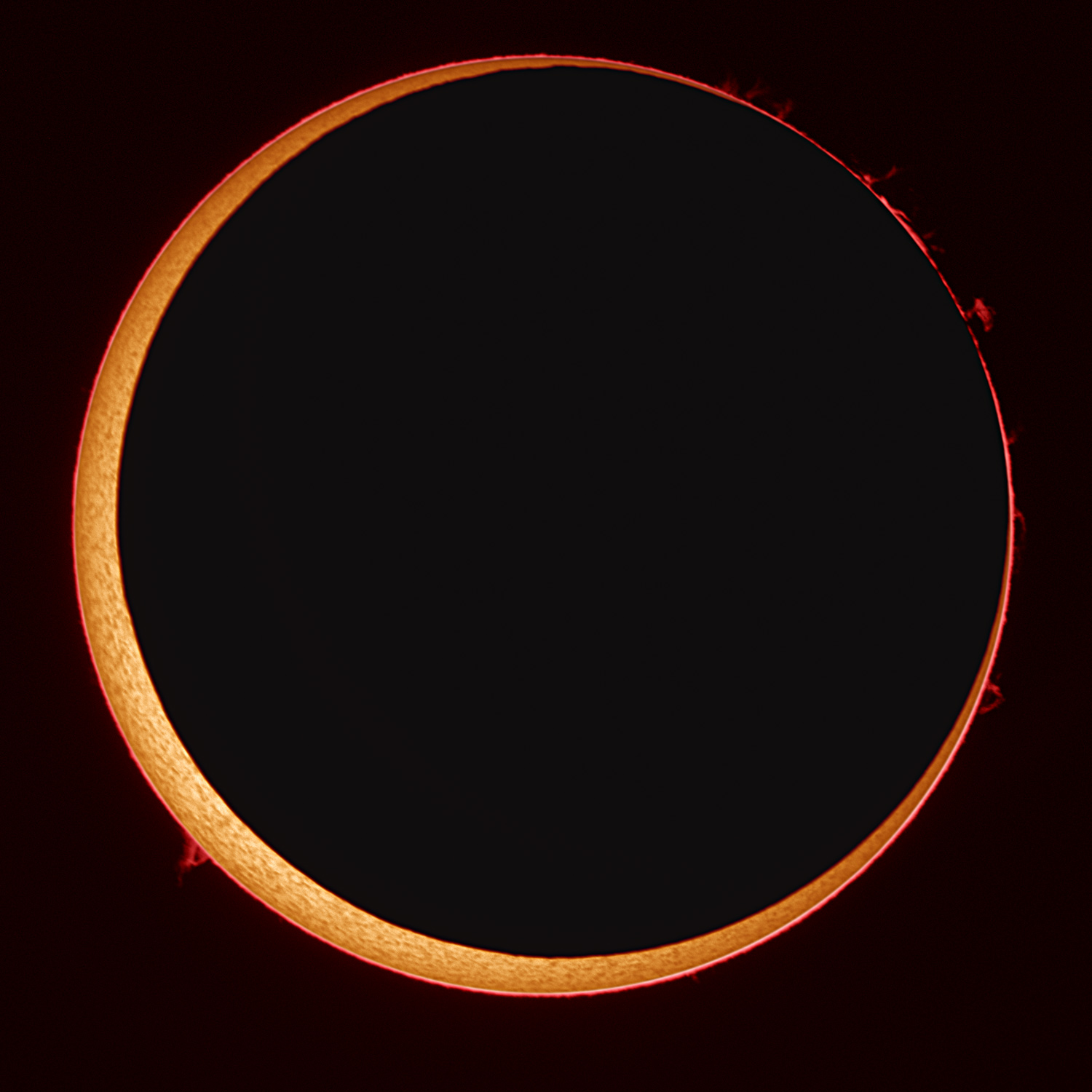
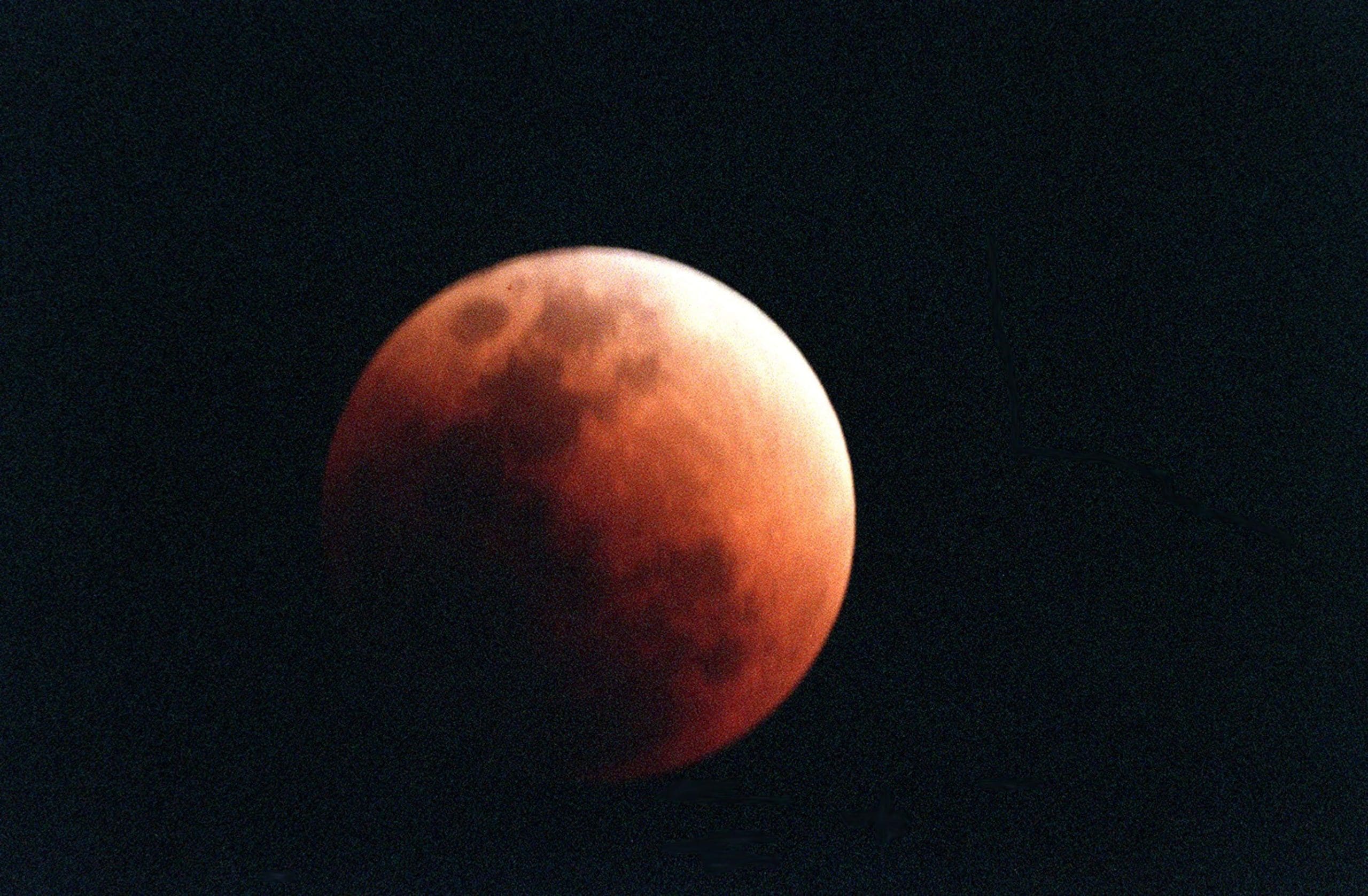
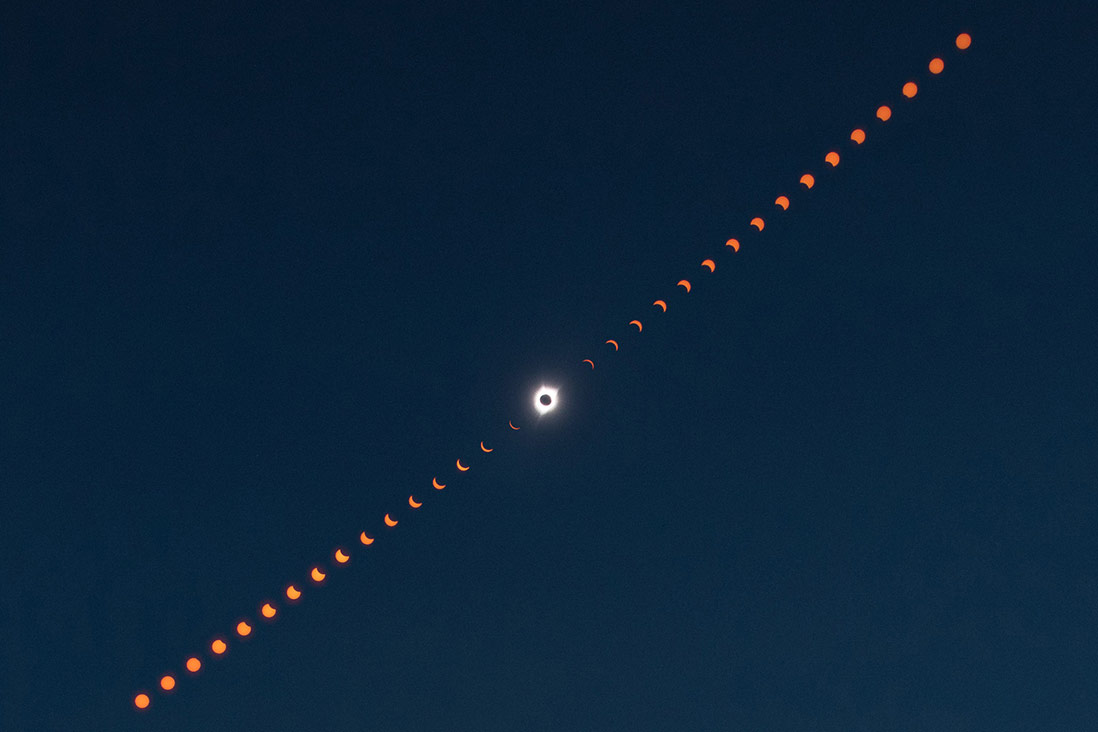
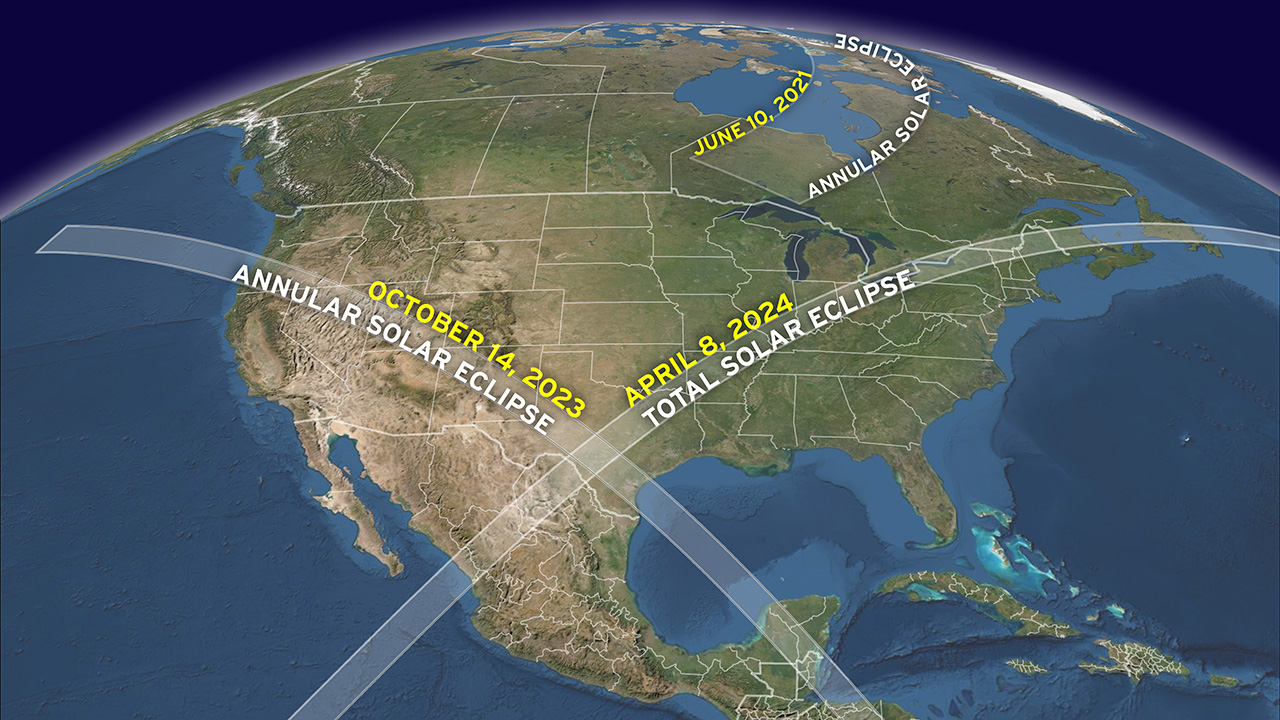
Mark your calendars! Two upcoming solar eclipses in 2023 & 2024.
After that, you’ll have to travel, because you won’t see another major solar eclipse in the USA until 2045!!


